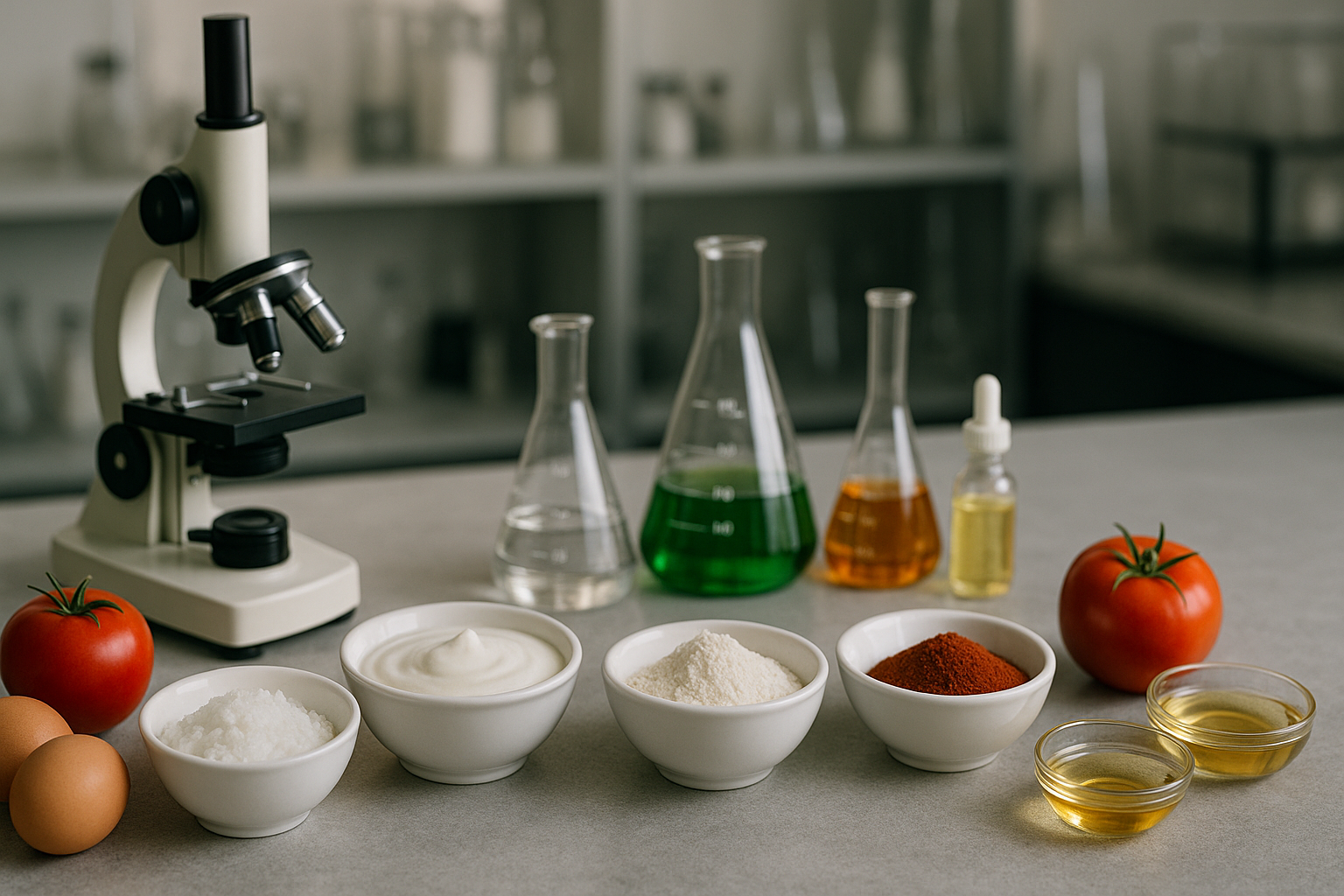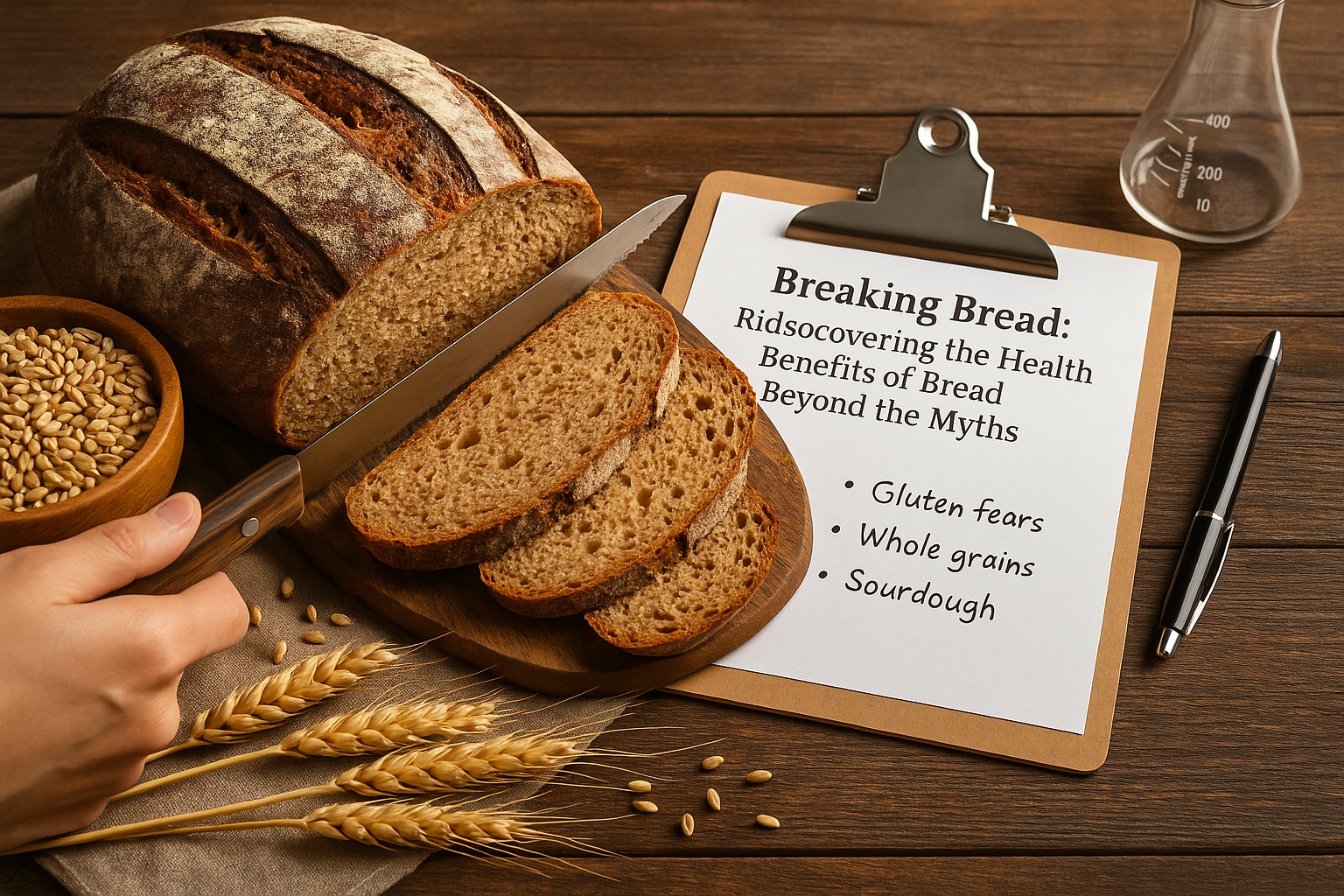
HPMC Hypromellose: A Comprehensive Guide to Properties and Applications
SUBSCRIBE TO OUR BLOG
Promotions, new products, and recipes.
Hydroxypropyl methylcellulose (HPMC), also known as Hypromellose, is a versatile semi-synthetic polymer derived from cellulose. This remarkable compound has found its way into countless applications across pharmaceuticals, food products, cosmetics, and construction materials. Its unique properties—including film-forming capabilities, controlled viscosity, and excellent stability—make it an invaluable ingredient in modern formulations. This comprehensive guide explores HPMC's chemical structure, physical properties, diverse applications, and regulatory status to provide a complete understanding of this essential industrial compound.
Chemical Composition and Structure
HPMC is derived from natural cellulose through a chemical modification process. The transformation begins with cellulose, a linear polymer composed of repeated glucose units linked by β-1,4-glycosidic bonds. During the manufacturing process, cellulose undergoes etherification, where some of the hydroxyl groups (-OH) in the cellulose structure are replaced with methoxy (-OCH₃) and hydroxypropyl (-OCH₂CH(OH)CH₃) groups.
This substitution process significantly alters the properties of the original cellulose molecule. The introduction of these ether groups disrupts the crystalline structure of cellulose, contributing to HPMC's increased solubility in water and various organic solvents. The degree of substitution (DS) and molar substitution (MS) are critical parameters that define the specific properties of different HPMC grades.
The degree of substitution (DS) refers to the average number of hydroxyl groups substituted by methoxy groups per anhydroglucose unit, while molar substitution (MS) indicates the average number of hydroxypropyl groups attached to each glucose unit.
These parameters directly influence HPMC's solubility, thermal gelation temperature, and viscosity—properties that determine its suitability for specific applications. The ratio between methoxy (hydrophobic) and hydroxypropyl (hydrophilic) substituents creates a balance that affects how the polymer behaves in different environments and temperatures.
Physical Properties and Classification
HPMC appears as a white to off-white, odorless, and tasteless powder. It is hygroscopic in nature, meaning it readily absorbs moisture from the surrounding environment. When added to water, HPMC initially swells and then gradually dissolves to form a clear, viscous solution. One of its most distinctive characteristics is its thermal gelation property—HPMC solutions remain fluid at room temperature but form a gel when heated to a critical temperature (typically between 75-90°C).
| Substitution Type | Methoxy Content (%) | Hydroxypropoxy Content (%) | Commercial Designation | Common Applications |
| 1828 | 16.5-20.0 | 23.0-32.0 | Type J | Thickening agent, rheology modifier |
| 2208 | 19.0-24.0 | 4.0-12.0 | Type K | Controlled-release matrices, capsule shells |
| 2906 | 27.0-30.0 | 4.0-7.5 | Type F | Binders, thickeners in food and ceramics |
| 2910 | 28.0-30.0 | 7.0-12.0 | Type E | Film-forming agents, tablet coatings |
The European Pharmacopoeia and United States Pharmacopeia classify HPMC into different types based on the percentage of methoxy and hydroxypropyl substituents. The classification is typically represented by a four-digit number, where the first two digits indicate the approximate percentage of methoxy groups, and the last two digits represent the percentage of hydroxypropyl groups.
Viscosity Grades
Viscosity is another critical parameter used to classify HPMC. The viscosity of HPMC solutions is directly related to the polymer's molecular weight and is measured in millipascal-seconds (mPa·s) for a 2% aqueous solution at 20°C. Commercial grades range from 3 to 100,000 mPa·s.
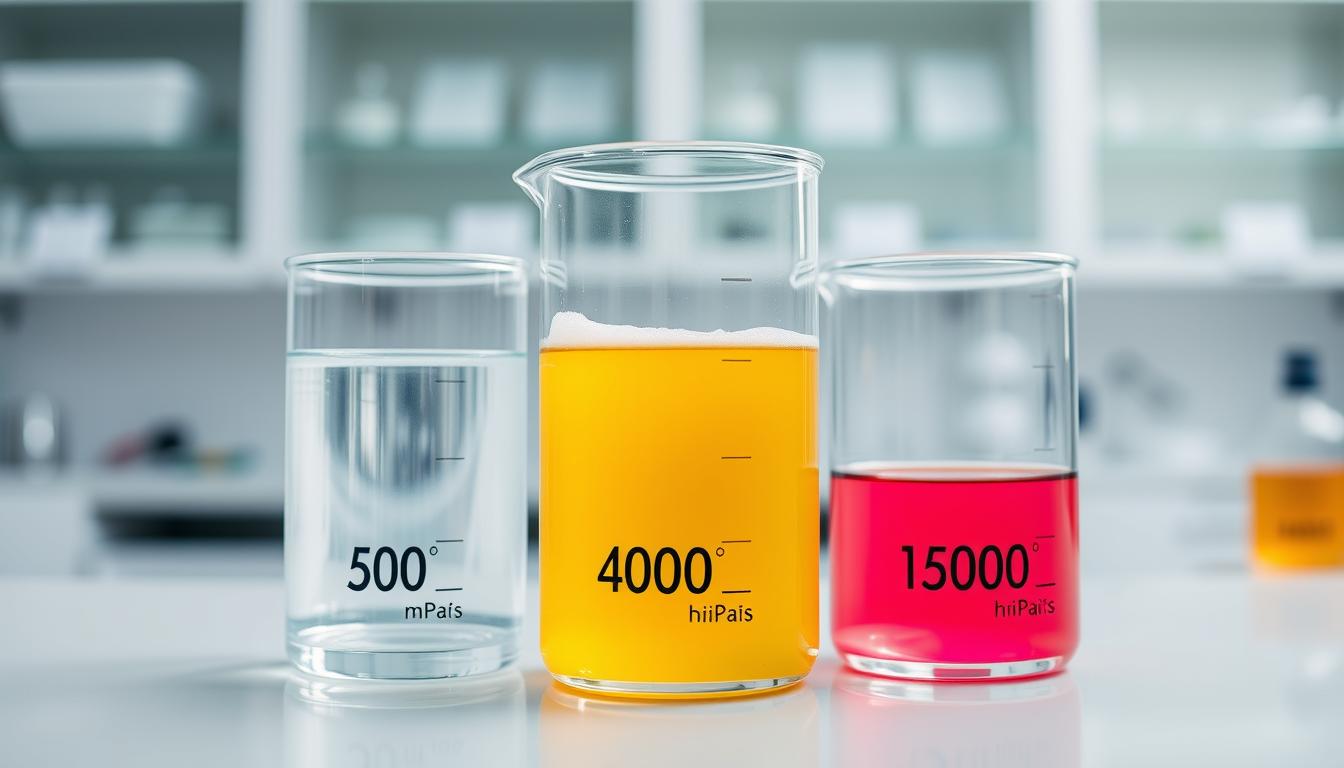
Figure 1: Different viscosity grades of HPMC solutions demonstrating varying flow properties
Manufacturers often use a combination of letters and numbers to designate their HPMC products. For example, in the Methocel™ product line (now owned by DuPont), the letters E, F, J, and K identify the substitution type, while the numbers indicate the viscosity. Additional suffixes may include "LV" for low viscosity, "CR" for controlled release, and "P" for premium grade.
Applications in Pharmaceutical Industry
The pharmaceutical industry represents one of the largest markets for HPMC, where it serves multiple critical functions in various dosage forms. Its non-ionic nature, stability across a wide pH range (3-11), and compatibility with numerous active pharmaceutical ingredients make it an excipient of choice for formulators.
Controlled Release Matrix
HPMC is extensively used in hydrophilic matrix systems for controlled drug release. When a tablet containing HPMC comes in contact with aqueous media, the polymer hydrates to form a gel layer that controls drug diffusion. Higher viscosity grades (K15M, K100M) provide slower release rates, making them suitable for once-daily formulations.
Film Coating Agent
Lower viscosity HPMC grades (E3, E5, E15) excel as film-forming agents for tablet coating. These coatings protect the active ingredients from environmental factors, mask unpleasant tastes, improve appearance, and facilitate swallowing. HPMC coatings are clear, tough, and flexible with excellent adhesion properties.
Binder in Tablet Formulation
In concentrations of 2-5%, HPMC functions as an effective binder in tablet manufacturing, providing the necessary cohesion between powder particles during granulation. It works well in both wet and dry granulation processes, contributing to tablet integrity and stability.
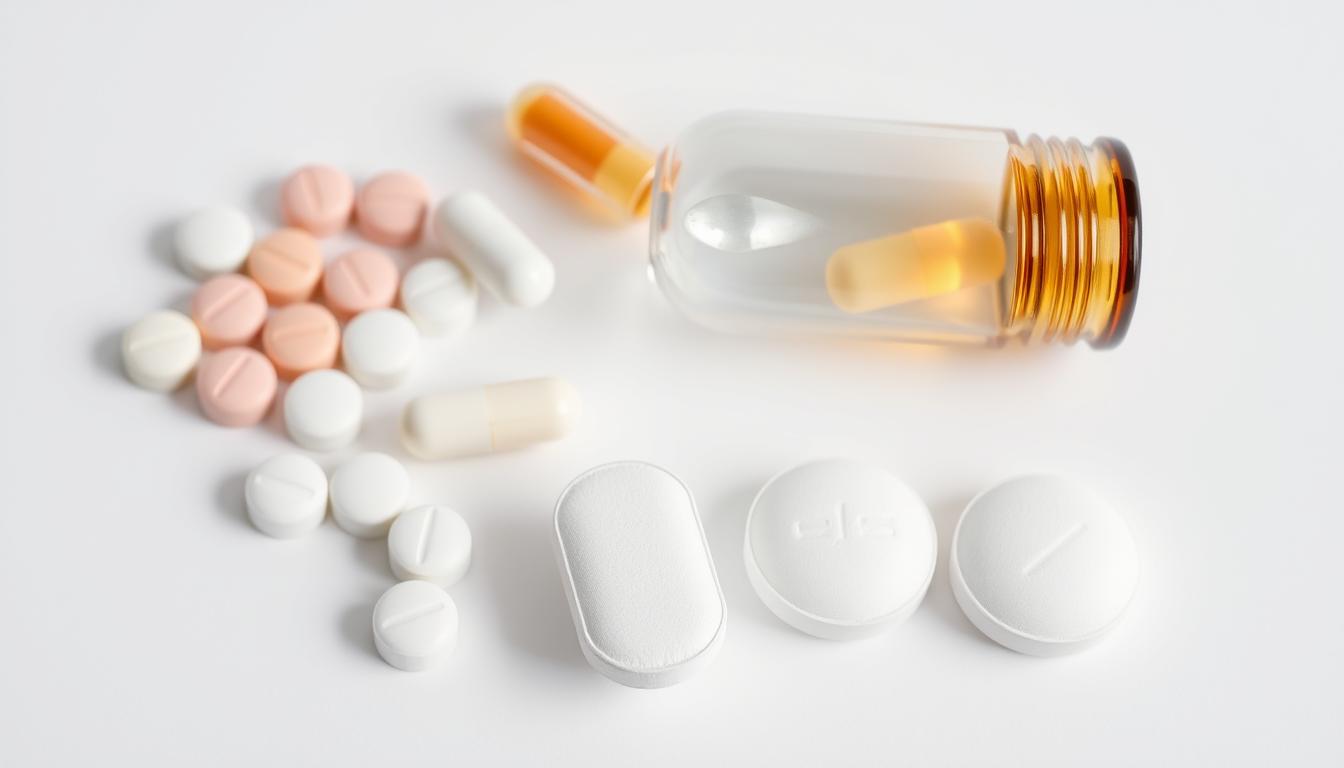
Figure 2: Various pharmaceutical applications of HPMC including coated tablets, capsules, and ophthalmic solutions
Additional Pharmaceutical Applications
- Capsule Shell Manufacturing: HPMC provides a vegetarian alternative to gelatin for capsule shells, offering advantages in stability across varying humidity conditions.
- Ophthalmic Formulations: As a viscosity enhancer in eye drops, HPMC increases contact time with the cornea and provides lubrication for dry eyes.
- Mucoadhesive Delivery Systems: HPMC's adhesive properties make it valuable in buccal, sublingual, and vaginal delivery systems that require extended contact with mucosal surfaces.
- Suspending Agent: In liquid formulations, HPMC helps maintain uniform dispersion of insoluble particles.
- Amorphous Solid Dispersions: Newer HPMC grades like Affinisol™ are designed specifically for hot-melt extrusion and spray-drying to improve the bioavailability of poorly soluble drugs.
The choice of HPMC grade for pharmaceutical applications depends on the desired release profile, manufacturing process, and specific properties required for the final dosage form.
Applications in Food Industry
In the food industry, HPMC is recognized as a safe food additive (E464) with multiple functional properties. Its ability to form films, stabilize emulsions, and modify texture makes it valuable in numerous food products.
Key Food Applications
Gluten-Free Baking
HPMC serves as an excellent gluten substitute in gluten-free baked goods. It traps air bubbles during fermentation, providing structure and volume similar to gluten. This application has grown significantly with increasing demand for gluten-free products.
Emulsification and Stabilization
As a non-ionic emulsifier, HPMC helps stabilize oil-in-water emulsions in sauces, dressings, and dairy products. It prevents separation and improves texture consistency throughout shelf life.
Texture Modification
HPMC modifies the texture and mouthfeel of various food products. It can increase viscosity, provide creaminess, and improve the overall sensory experience in products like ice cream, yogurt, and plant-based alternatives.
Film Formation
The film-forming properties of HPMC make it useful as an edible coating for fruits, vegetables, and confectionery products. These coatings help preserve freshness, reduce moisture loss, and improve appearance.
In processed foods, HPMC functions as a thickening agent, stabilizer, and texture enhancer. It helps maintain product consistency during processing and storage, particularly in frozen foods where it provides freeze-thaw stability. Its thermal gelation property is particularly valuable in fried foods, where it forms a barrier that reduces oil absorption.
Applications in Construction Industry
The construction industry utilizes HPMC as a crucial additive in various building materials, particularly in cement-based products and gypsum applications. Its water retention, workability enhancement, and adhesion improvement properties make it an essential component in modern construction formulations.
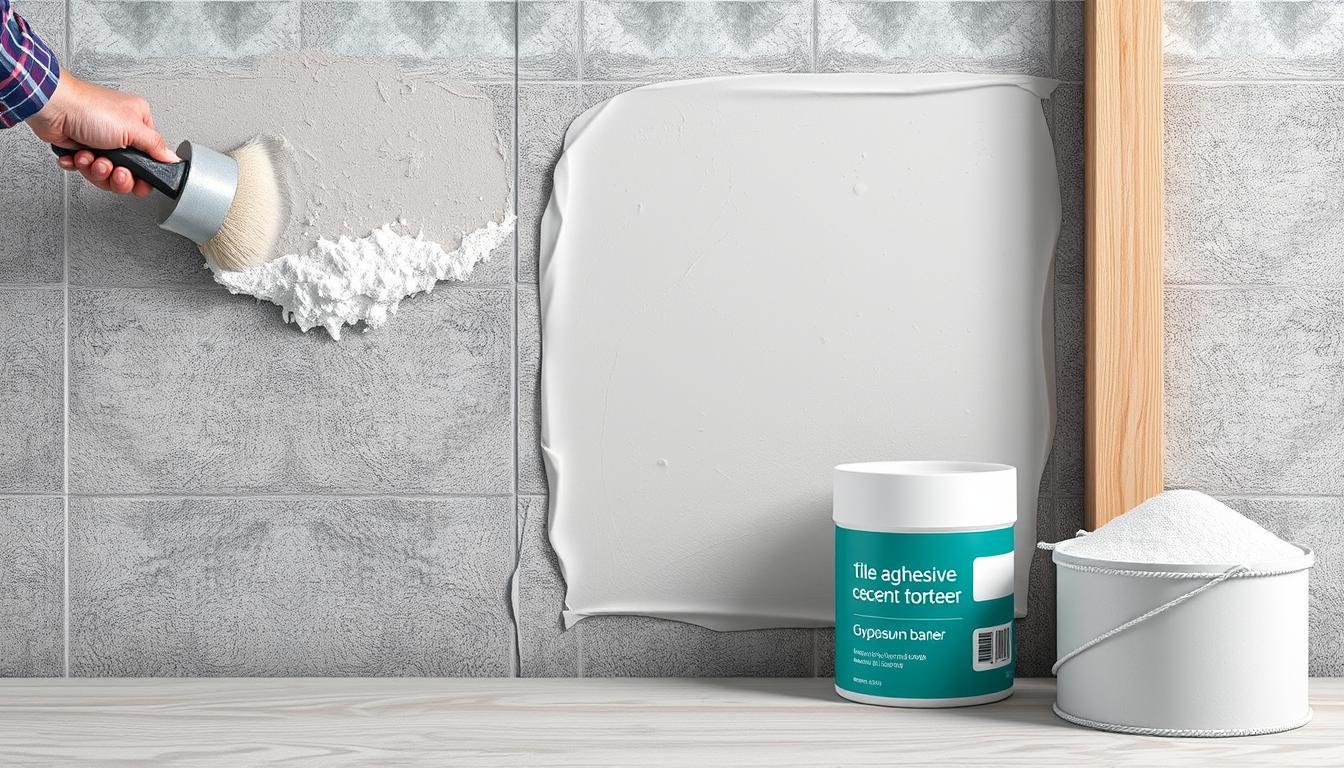
Figure 3: Construction applications of HPMC in tile adhesives and cement-based products
Primary Construction Applications
- Tile Adhesives: HPMC improves the open time, slip resistance, and water retention of ceramic tile adhesives, ensuring proper hydration of cement and strong bonding.
- Cement-Based Renders and Plasters: Addition of HPMC enhances workability, reduces sagging, and improves adhesion to substrates while controlling water evaporation rate.
- Self-Leveling Compounds: HPMC modifies the rheology of self-leveling flooring compounds, providing the right balance of flow and stability.
- Gypsum-Based Products: In gypsum plasters and joint compounds, HPMC improves water retention, workability, and adhesion while controlling setting time.
- Exterior Insulation and Finish Systems (EIFS): HPMC enhances the performance of base coats and adhesives used in exterior insulation systems.
The concentration of HPMC in construction applications typically ranges from 0.1% to 0.5% by weight, with specific grades selected based on the required viscosity, water retention, and workability. Construction-grade HPMC often has modified particle size distribution to optimize dissolution in alkaline environments.
Applications in Cosmetics and Personal Care
HPMC offers numerous benefits in cosmetic and personal care formulations, where it functions as a thickener, film-former, and stabilizer. Its non-irritating nature and compatibility with a wide range of ingredients make it suitable for various cosmetic applications.
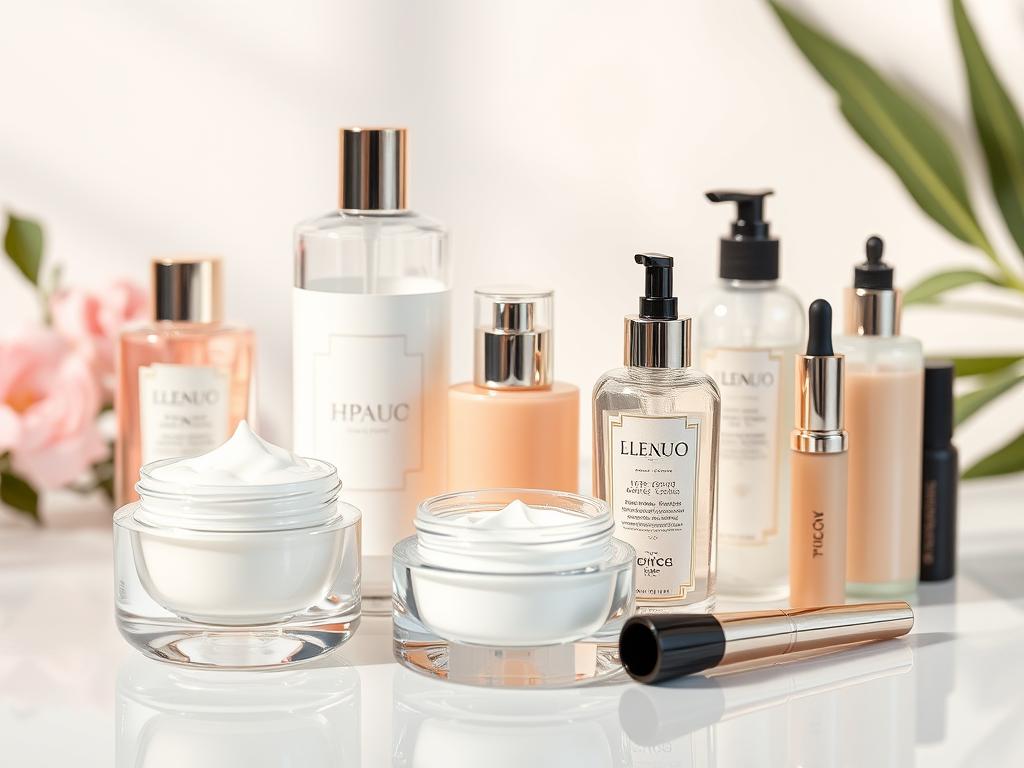
Figure 4: Cosmetic applications of HPMC in skin care, hair products, and makeup formulations
Key Cosmetic Applications
Skin Care
In creams, lotions, and gels, HPMC provides thickening and stabilizing effects while creating a smooth, non-greasy feel. It forms a protective film on the skin that helps maintain hydration without clogging pores.
Hair Care
HPMC is used in shampoos, conditioners, and styling products to enhance viscosity and provide a conditioning effect. In hair gels and styling products, it offers hold and definition without flaking or stiffness.
Color Cosmetics
In makeup formulations, HPMC acts as a binder and film-former, improving the adherence of pigments to the skin. It contributes to the stability and texture of foundations, mascaras, and other color cosmetics.
The cosmetic industry typically uses lower viscosity grades of HPMC (3-15 mPa·s) for better spreadability and sensory properties. In natural and organic cosmetic formulations, HPMC is particularly valued as a plant-derived alternative to synthetic polymers.
Other Industrial Applications
Beyond the major applications discussed above, HPMC finds use in numerous other industries due to its versatile properties.
Ceramic Production
In ceramic manufacturing, HPMC serves as a temporary binder and processing aid. It improves the green strength of ceramic bodies before firing, enhances extrusion properties, and provides better surface finish. During the firing process, HPMC burns away cleanly without leaving residues.
Textile Industry
HPMC is used in textile sizing and printing pastes. It provides smooth application of dyes and pigments while improving color yield and sharpness. After processing, it can be easily removed by washing.
Paper Manufacturing
In the paper industry, HPMC functions as a surface sizing agent and coating additive. It improves printability, reduces dusting, and enhances surface strength without affecting recyclability.
Polyvinyl Chloride (PVC) Processing
HPMC acts as a processing aid in PVC production, improving flow properties and preventing plate-out during extrusion. It contributes to better surface finish and dimensional stability of the final products.

Figure 5: Diverse industrial applications of HPMC including ceramics, textiles, and paper manufacturing
Comparison with Other Cellulose Derivatives
HPMC is one of several cellulose ethers used in industrial applications. Understanding how it compares to similar derivatives helps in selecting the most appropriate material for specific applications.
| Property | HPMC (Hypromellose) | MC (Methylcellulose) | HEC (Hydroxyethylcellulose) | CMC (Carboxymethylcellulose) |
| Solubility | Soluble in cold water; forms gel when heated | Soluble in cold water; stronger thermal gelation | Soluble in hot and cold water; no thermal gelation | Soluble in water; ionic character |
| Surface Activity | Moderate surface activity | Higher surface activity | Low surface activity | Low surface activity |
| pH Stability | Stable from pH 3-11 | Stable from pH 3-11 | Stable from pH 2-12 | Best above pH 4; precipitates in acidic conditions |
| Salt Tolerance | Good salt tolerance | Good salt tolerance | Excellent salt tolerance | Poor salt tolerance |
| Film Properties | Flexible, tough, transparent films | Similar to HPMC but less flexible | Soft, flexible films | Brittle films |
Key Differences and Selection Criteria
When choosing between cellulose derivatives, several factors should be considered:
- HPMC offers a balance of properties that make it versatile across many applications, particularly where thermal gelation is beneficial.
- Methylcellulose (MC) has stronger thermal gelation and surface activity, making it preferred in some food applications.
- Hydroxyethylcellulose (HEC) provides excellent salt tolerance and is often chosen for high-electrolyte formulations.
- Carboxymethylcellulose (CMC) has ionic character that can be advantageous for interactions with charged molecules but limits its use in high-salt or acidic environments.
The selection of the appropriate cellulose derivative depends on specific application requirements, processing conditions, and desired end-product properties.
Manufacturing Process
The production of HPMC involves a series of chemical reactions to modify natural cellulose. Understanding this process helps appreciate the consistency and quality control measures necessary for commercial production.
Key Manufacturing Steps
- Cellulose Preparation: High-purity cellulose, typically derived from wood pulp or cotton linters, is purified and processed to increase surface area.
- Alkalization: The cellulose is treated with sodium hydroxide (NaOH) solution, which swells the fibers and activates the hydroxyl groups for substitution.
- Etherification: The activated cellulose reacts with methyl chloride and propylene oxide to introduce methoxy and hydroxypropyl groups, respectively. The ratio of these reagents determines the substitution pattern.
- Neutralization: The reaction mixture is neutralized to stop the etherification process.
- Purification: The crude HPMC undergoes washing to remove byproducts and unreacted materials.
- Drying and Milling: The purified HPMC is dried and milled to achieve the desired particle size distribution.
- Standardization: The final product is tested and standardized to meet viscosity and substitution specifications.
Manufacturing variables such as reaction temperature, reagent concentrations, and reaction time significantly influence the properties of the final HPMC product. Modern production facilities employ sophisticated process control systems to ensure consistent quality across batches.
Safety and Regulatory Status
HPMC has undergone extensive safety evaluations and is generally recognized as safe for use in various applications. Its regulatory status varies slightly across different regions and applications.
Food Applications
In food applications, HPMC is designated as E464 in the European Union and is approved as a food additive by the U.S. Food and Drug Administration (FDA). The Joint FAO/WHO Expert Committee on Food Additives (JECFA) has established an Acceptable Daily Intake (ADI) of "not specified," indicating a high safety margin.
Pharmaceutical Applications
HPMC is listed in the United States Pharmacopeia (USP), European Pharmacopoeia (Ph. Eur.), and Japanese Pharmacopoeia (JP), confirming its acceptability for pharmaceutical use. It has been extensively studied for safety in various dosage forms, including oral, topical, and ophthalmic preparations.
Safety Profile
Safety Advantages
- Non-toxic and non-irritating
- Non-allergenic for most individuals
- Not metabolized (passes through the digestive system largely unchanged)
- No significant systemic absorption
- Biodegradable in the environment
Considerations
- May cause temporary bloating when consumed in large quantities
- Potential for drug interactions through altered absorption kinetics
- Occupational dust exposure should be minimized during handling
- Not suitable for parenteral (injection) applications
Toxicological studies have consistently demonstrated the safety of HPMC across various exposure routes. Acute and chronic toxicity studies, mutagenicity assessments, and reproductive toxicity evaluations have shown no significant adverse effects at typical exposure levels.
Quality Testing and Specifications
Ensuring consistent quality of HPMC is essential for its reliable performance in various applications. Manufacturers and users employ several analytical methods to verify that HPMC meets required specifications.
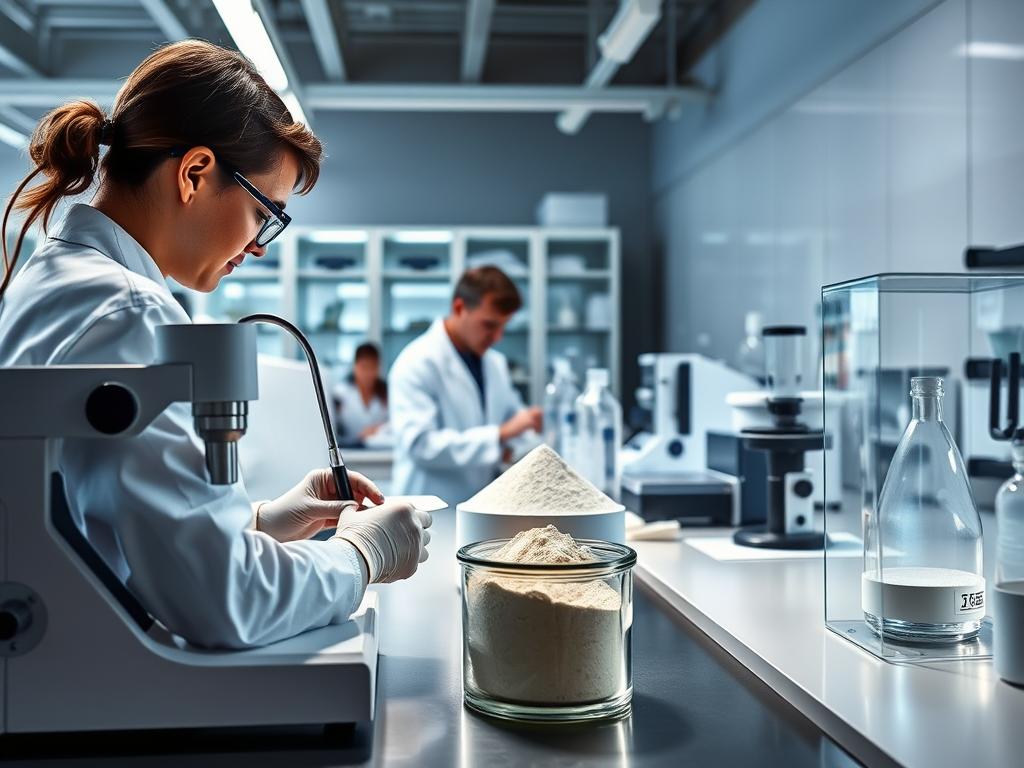
Figure 6: Laboratory quality testing of HPMC samples for viscosity and substitution parameters
Key Quality Parameters
- Viscosity: Measured using rotational viscometers for a 2% solution at 20°C. This is a critical parameter that directly relates to functionality.
- Substitution Degree: Determined by analytical methods such as gas chromatography or nuclear magnetic resonance (NMR) spectroscopy.
- Moisture Content: Typically measured by loss on drying at 105°C. HPMC is hygroscopic, and moisture content affects its performance.
- Particle Size Distribution: Analyzed by laser diffraction or sieve analysis. Particle size influences dissolution rate and dispersion properties.
- Gel Temperature: The temperature at which a solution forms a gel is an important parameter for applications utilizing thermal gelation.
- Heavy Metals and Residual Solvents: Tested to ensure compliance with pharmacopoeial and food safety requirements.
- Microbiological Quality: Especially important for pharmaceutical and food applications.
Pharmacopoeial monographs provide standardized testing methods and acceptance criteria for HPMC used in pharmaceutical applications. These include tests for identification, pH of solution, loss on drying, residue on ignition, heavy metals, and assay for methoxy and hydroxypropoxy content.
Storage and Handling Recommendations
Proper storage and handling of HPMC are essential to maintain its quality and functionality. As a hygroscopic material, HPMC requires specific conditions to prevent moisture absorption and ensure consistent performance.
Storage Conditions
- Store in a cool, dry place away from direct sunlight.
- Maintain relative humidity below 65% to prevent moisture absorption.
- Keep containers tightly closed when not in use.
- Recommended storage temperature: 15-30°C (59-86°F).
- Avoid freezing, which can affect the physical structure of the polymer.
Handling Precautions
- Use appropriate dust control measures during handling to prevent inhalation.
- Wear personal protective equipment including dust masks and gloves when handling large quantities.
- Clean up spills promptly to prevent slip hazards, as HPMC becomes extremely slippery when wet.
- Avoid contamination with incompatible materials such as strong oxidizing agents.
Dissolution Techniques
Proper dissolution is critical for optimal performance of HPMC in various applications:
- For cold water dissolution: Disperse HPMC powder in one-third of the required water heated to 80-90°C, then add the remaining water cold to lower the temperature.
- Alternatively, use the "hot/cold" technique: disperse HPMC in hot water (above gel temperature), then cool while stirring to achieve complete dissolution.
- For direct addition to cold water: use grades specifically designed for rapid dispersion or use mechanical agitation to prevent lumping.
Important: HPMC solutions can support microbial growth during prolonged storage. For applications requiring extended shelf life, appropriate preservatives should be considered, or solutions should be prepared fresh.
Future Trends and Developments
The HPMC market continues to evolve with new applications and technological advancements. Several trends are shaping the future of HPMC development and utilization.
Emerging Applications
3D Printing
HPMC is finding applications in pharmaceutical 3D printing (pharming) for personalized medicine. Its film-forming and controlled-release properties make it suitable for creating custom dosage forms with precise release profiles.
Sustainable Packaging
As environmental concerns drive demand for biodegradable packaging, HPMC is being explored for edible films and coatings that can replace synthetic polymers in food packaging applications.
Advanced Drug Delivery
Modified HPMC derivatives are being developed for targeted drug delivery systems, including nanoparticle formulations and stimuli-responsive drug release mechanisms.
Technological Innovations
- Specialized Grades: Manufacturers are developing HPMC grades with enhanced properties for specific applications, such as improved thermal stability or faster dissolution.
- Combination Products: HPMC is being combined with other polymers to create materials with synergistic properties for advanced applications.
- Sustainable Production: Research is ongoing to develop more environmentally friendly manufacturing processes with reduced solvent use and energy consumption.
- Functional Modifications: Chemical modifications of HPMC are being explored to introduce new functionalities such as antimicrobial properties or enhanced mucoadhesion.
Market Outlook
The global HPMC market is projected to continue growing, driven by increasing demand in pharmaceuticals, construction materials, and food products. Emerging economies in Asia-Pacific, particularly China and India, are becoming major production hubs and consumption markets for HPMC.
Regulatory developments, particularly regarding food safety and pharmaceutical quality standards, will continue to influence HPMC production and application. Manufacturers are increasingly focusing on obtaining certifications for specific applications to meet evolving regulatory requirements.
Conclusion
Hydroxypropyl methylcellulose (HPMC) stands as a versatile and essential polymer across multiple industries. Its unique combination of properties—including film formation, controlled viscosity, thermal gelation, and excellent stability—makes it invaluable in pharmaceutical formulations, food products, construction materials, cosmetics, and numerous other applications.
The diversity of HPMC grades, characterized by different substitution patterns and viscosity levels, allows formulators to select the precise variant needed for specific applications. This versatility, combined with its safety profile and regulatory acceptance, ensures that HPMC will continue to play a crucial role in product development and innovation.
As technology advances and new applications emerge, HPMC is likely to remain at the forefront of polymer science, adapting to meet changing industry needs and consumer preferences. Whether providing controlled drug release in pharmaceuticals, improving texture in foods, enhancing workability in construction materials, or creating elegant cosmetic formulations, HPMC's contributions to modern products are both significant and diverse.

|
About the Author Ed is the founder of Cape Crystal Brands, editor of the Beginner’s Guide to Hydrocolloids, and a passionate advocate for making food science accessible to all. Discover premium ingredients, expert resources, and free formulation tools at capecrystalbrands.com/tools. — Ed |
Enjoyed this post? Subscribe to The Crystal Scoop
Food-science tips, ingredient know-how, and recipes. No spam—unsubscribe anytime.
- Choosing a selection results in a full page refresh.

